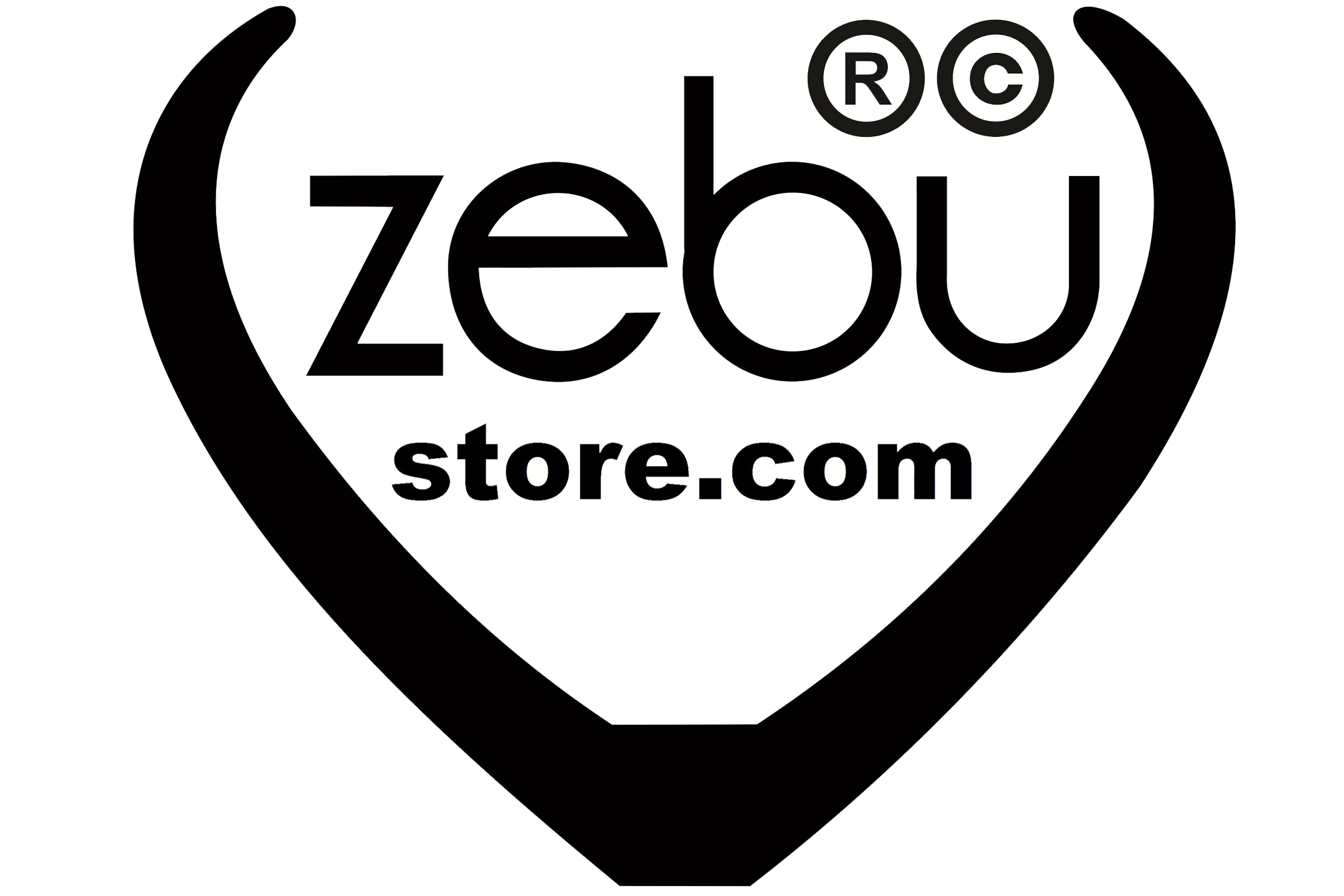Techniques of Fashion Illustration and Types of Fashion Illustration Styles

What is Fashion Illustration?
In general terms, fashion illustration is defined as the art of drawing clothing (or maybe accessories, like handbags or shoes), either on its own or on a figure. Some fashion illustrators use digital compositions, while others follow traditional mediums, such as pencil, pen, watercolor, or marker. However, within that definition, fashion art illustrations can be seen very different from artist to artist, based on persons interests or skills. Fashion Illustrators are professionals who expertise in the art of sketching and drawing fashion ideas, concepts, designs, which helps to visualization of a garment. Fashion industry is very huge but specializing as a fashion illustrator is a rare and unique combination which will have more value when added with graduations and expertise certificates. In simple words, fashion sketching is an art via which fashion and design can be explained, demonstrated, and communicated.
Different Fashion Illustration Styles:
3D Illustrations:
In 3D fashion illustrations style, the experience is everything! They start by roughing out the outline of your illustration before using 3D materials to build on the textiles and details. This makes it possible for others to feel the cloth and embellishments employed. For 3D illustrations, you are not restricted to using solely textiles. One can play with a variety of textural materials, such as satin ribbons, beads, paper scraps, foam sheets, crayon shavings, shavings from pencils, and beads! This kind of fashion illustration will enable you to experiment with various materials and determine which ones suit your style the best.
Single line illustrations:
One of the most popular fashion illustration styles methods for beginners is this one. Using just one line to sketch out your full fashion illustration is what single line or one line illustrations are all about. In order to navigate the line and produce the shape of your design, you start your line at one place and complete the sketch with the same position. Although you might not master this intriguing method right once, once you do, sketching will become much simpler. Using this fashion illustration approach, you may produce line drawings that are both simple and intricate.
Realism:
The phrase “a way of painting when the drawing is as close to the reference as possible” is made plain by the title. Excellent technique, talents, and of course tonnes of practice are necessary for realism. If you identify with this style and wish to work in it, you should have a fundamental understanding of human anatomy and proportions, as well as building objects, perspective, and chiaroscuro. Academic study and life drawing are very helpful in honing all these abilities.
Semi-realism:
This fashion illustration style is a concept that also exists. That requires creating drawings that are somewhat realistic but stylized. Artists who mostly depict portraits, looks from fashion shows, and those who enjoy details favor this approach. Additionally, it could incorporate more or less realistic fantasy or surrealistic imagery.
Faceless illustrations:
The popularity of this type of fashion illustration style has recently increased! Many design aficionados also use this method to create digital portraits. Drawing faces and displaying the features properly takes some time. Drawing the clothing in all its splendor while sparingly drawing the facial features is the goal of faceless illustrations. The best part about illustrations without faces is that they completely shift attention to the clothing! Therefore, if you don’t particularly enjoy sketching faces, you may choose images without faces. You could either choose a single facial characteristic to emphasize in the illustration or leave it entirely without a face.
Watercolor Fashion Illustration:
Watercolor fashion illustration is another popular style that adds a unique and ethereal quality to your artwork. This technique uses water-based paints to create light and delicate illustrations. When exploring fashion illustration examples, you'll find that watercolor illustrations are often admired for their ethereal beauty and fluidity. If you're looking to add a touch of magic and romance to your artwork, watercolor fashion illustration may be the perfect style for you.
Quick Sketch:
Such sketches often capture everyone’s attention since they are expressive, lively, light, and youthful-looking. Replicating the appearance without going overboard on the details is the key goal here. It’s crucial to capture the main idea and character of the drawing you are making! You must give yourself a fixed amount of time, such as 5 to 10 minutes for each sketch, in order to learn this approach. In order to complete drawing some tiny elements later, it is important to rapidly capture the image since models don’t have much time to pose for the artist during fashion presentations. If you’re skilled enough to use them, traditional techniques like marker, pencil, and water color also work nicely for this aesthetic.
Fashion Illustration Techniques:
It is the art of creating visual representations of clothing, accessories, and other fashion-related items. It involves using various techniques to create sketches and drawings that can be used to communicate a designer’s vision or to showcase a particular garment or accessory. In this answer, we’ll cover some of the most common techniques used in fashion illustration:
Sketching:
Sketching is one of the most basic and essential techniques in fashion illustration. It involves creating a rough outline of the garment or accessory using light and quick strokes. Sketching allows the designer to explore different design options and make quick changes as needed.
Line drawing:
Line drawing is a technique that involves using thin lines to create the outline of the garment or accessory. This technique is often used for more technical drawings, such as those used for pattern making.
Mixed media:
Mixed media is a technique that involves combining different materials, such as watercolors, markers, and pencils, to create a unique and dynamic illustration. This technique allows for more experimentation and creativity in the illustration process.
Digital illustration:
Digital illustration involves using computer software to create fashion illustrations. This technique allows for more precision and control in the illustration process and is often used in the fashion industry for design presentations and marketing materials.
Croquis:
A croquis is a basic outline of a figure that is used as a template for fashion illustration. Croquis are often used to ensure consistent proportions and to create a base for designing clothing.
Flat drawing:
Flat drawing is a technique that involves creating a two-dimensional representation of a garment or accessory. This technique is often used for technical drawings and can include details such as seams, buttons, and zippers.
Conclusion:
As you can see, there are a tonne of different fashion illustration styles and Techniques. It takes time to develop your own style, but the goal is to experiment with as many various approaches as you can. Look for fresh, inspiring examples, examine the artwork of other illustrators and the most recent trends, and become more vigilant. It’s crucial to realize that developing a distinctive style takes time; it requires changing your perspective and honing new talents.












